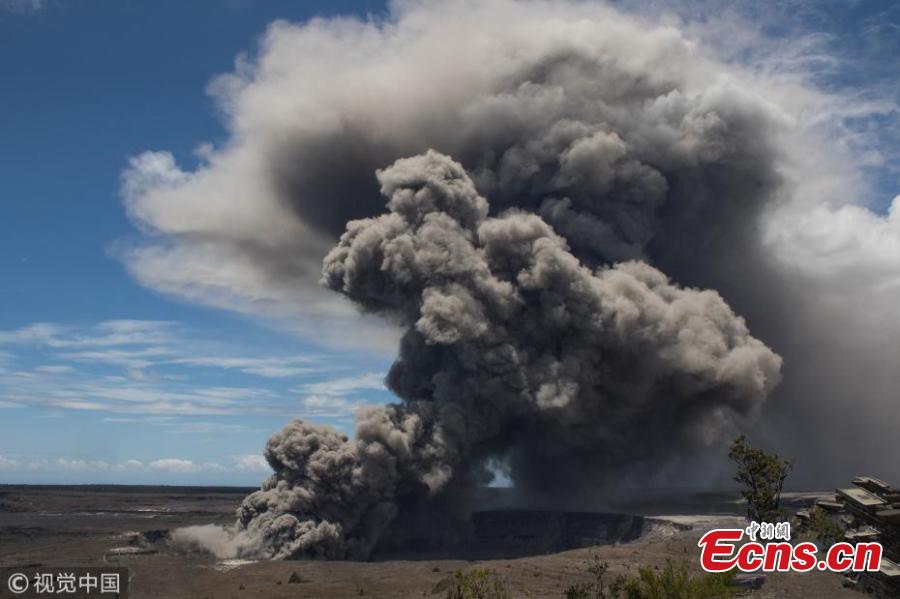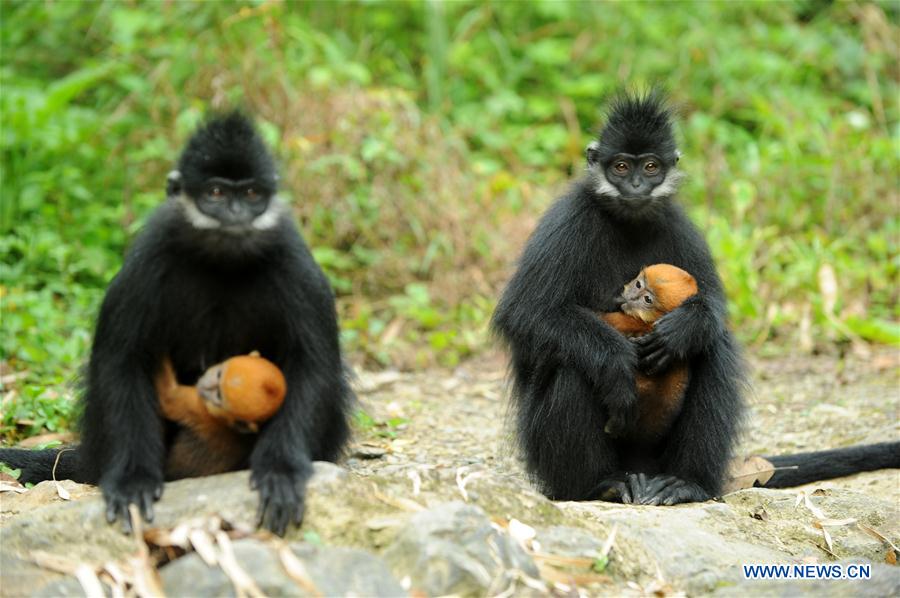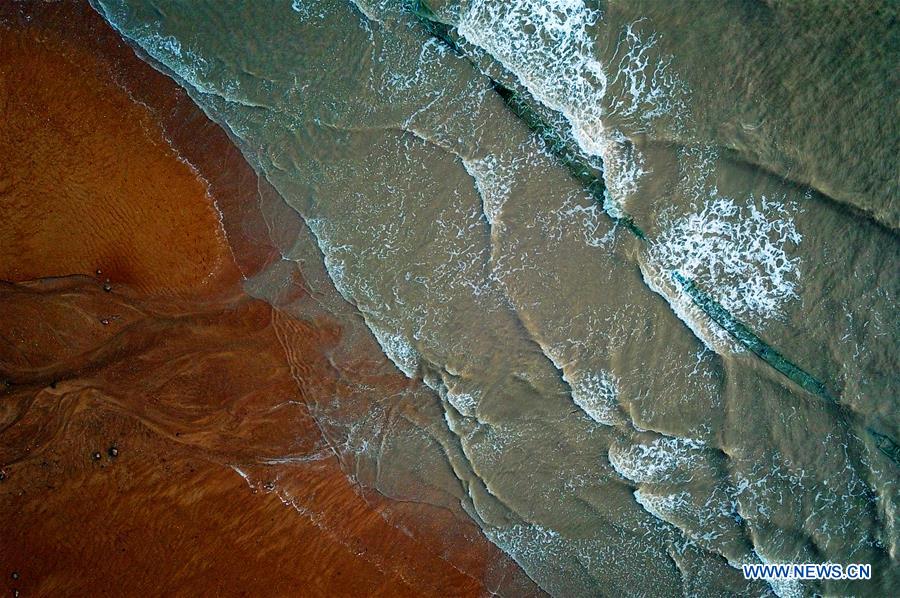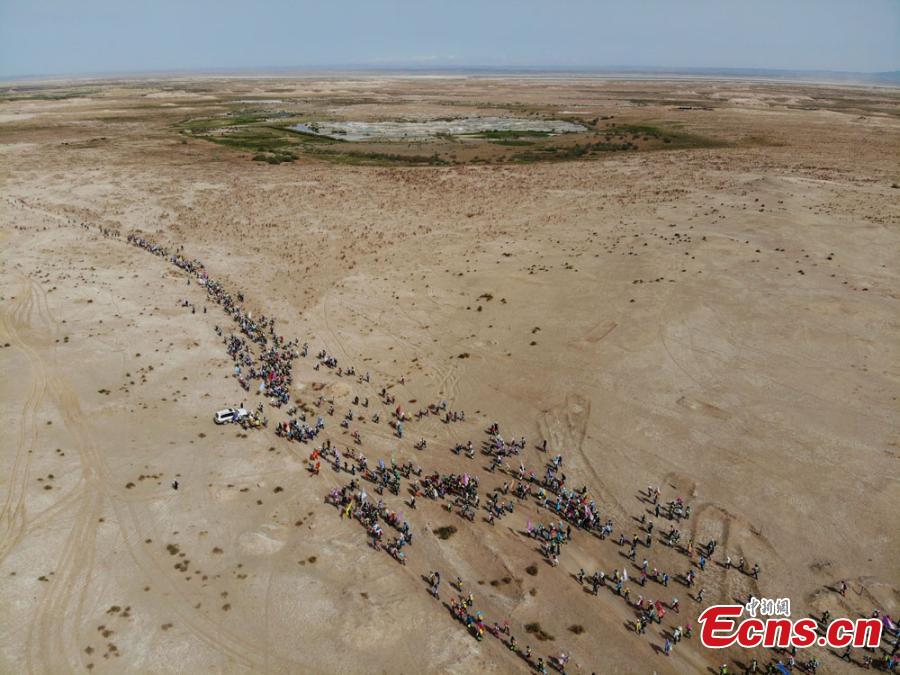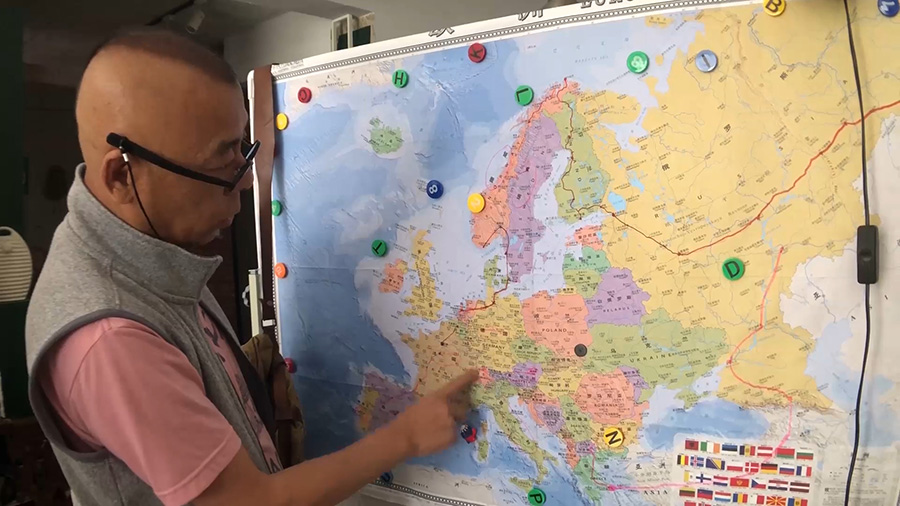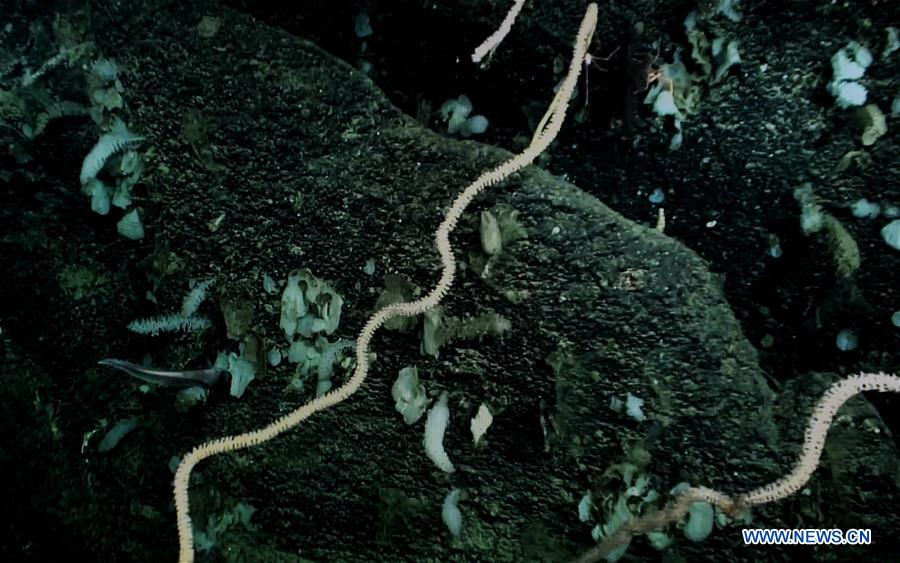The United States space agency NASA said on Friday that its planet hunter, the Transiting Exoplanet Survey Satellite (TESS), was one step closer to searching for new worlds after successfully completing a lunar flyby on Thursday.
The spacecraft passed about 8,000 kilometers from the Moon, and the Moon provided a gravity assist that helped TESS sail toward its final working orbit.
The TESS science team snapped a two-second test exposure using one of the four TESS cameras. The image, centered on the southern constellation Centaurus, revealed more than 200,000 stars, according to NASA.
The edge of the Coalsack Nebula is in the right upper corner and the bright star Beta Centauri is visible at the lower left edge.
TESS is expected to cover more than 400 times as much sky as shown in this image with its four cameras during its initial two-year search for exoplanets.
TESS will undergo one final thruster burn on May 30 to enter its science orbit around Earth.
This highly elliptical orbit will maximize the amount of sky the spacecraft can image, allowing it to continuously monitor large swaths of the sky.
TESS is expected to begin science operations in mid-June after reaching this orbit and completing camera calibrations.
Launched on April 18, TESS is the next step in NASA's search for planets outside our solar system, known as exoplanets.
The mission will observe nearly the entire sky to monitor nearby, bright stars in search of transits, which are periodic dips in a star's brightness caused by a planet passing in front of the star. TESS is expected to find thousands of exoplanets.










